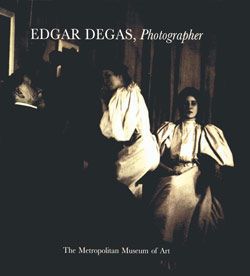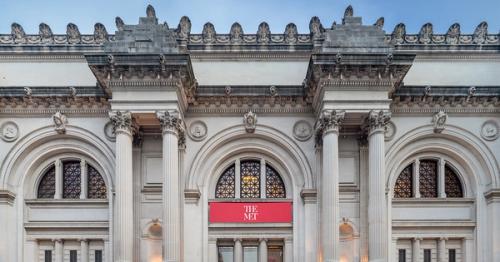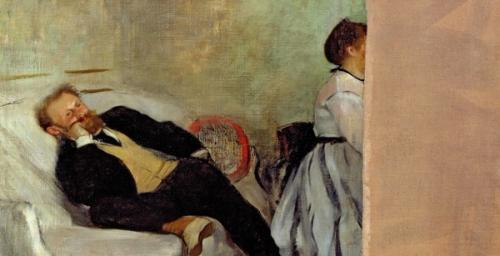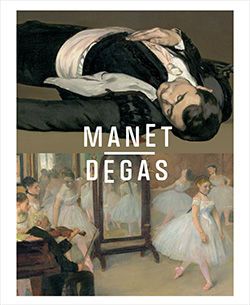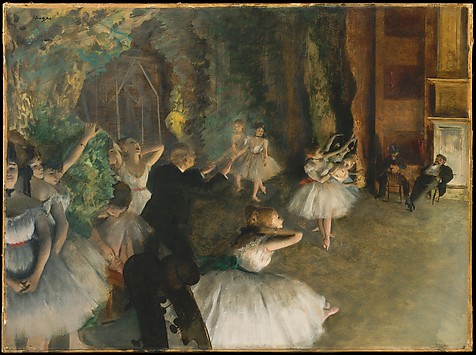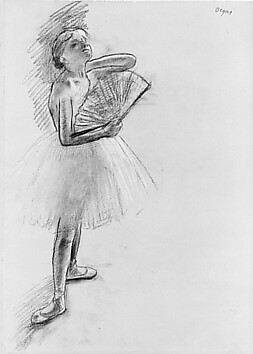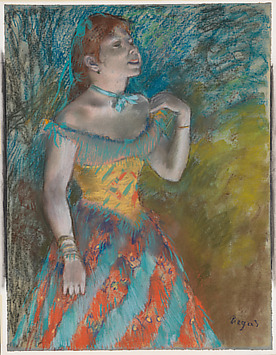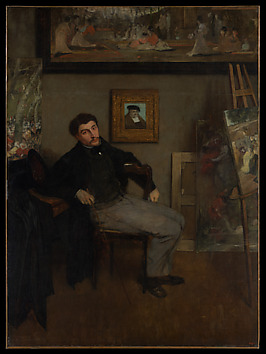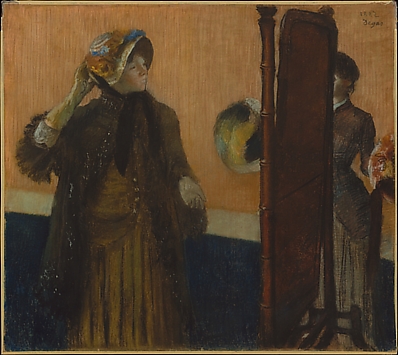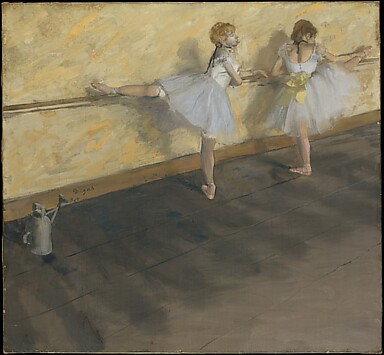"These days, Degas abandons himself entirely to his new passion for photography," wrote an artist friend in autumn 1895, the moment of the great Impressionist painter's most intense exploration of photography. Degas's major surviving photographs little known even among devotees of the artist's paintings and pastels, are insightfully analyzed and richly reproduced for the first time in this volume, which accompanies an exhibition at The Metropolitan Museum of Art, The J. Paul Getty Museum, and the Bibliothéque Nationale de France. Degas's photographic figure studies, portraits of friends and family, and self-portraits—especially those in which lamp-lit figures emerge from darkness—are imbued with a Symbolist spirit evocative of realms more psychological than physical. Most were made in the evenings, when Degas transformed dinner parties into photographic soirees, requisitioning the living rooms of his friends, arranging oil lamps, and directing the poses of dinner guests enlisted as models. "He went back and forth ... running from one end of the room to the other with an expression of infinite happiness," wrote Daniel Halévy, the son of Degas's close friends Ludovic and Louise Halévy, describing one such evening. "At half-past eleven everybody left; Degas, surrounded by three laughing girls, carried his camera as proudly as a child carrying a rifle." Lively eyewitness accounts of Degas's photographic activity from the journals of Daniel Halévy and Julie Manet, as well as from Degas's own letters, are included in Malcolm Daniel's essay, "The Atmosphere of Lamps or Moonlight" which presents a fascinating account of Degas's brief but passionate embrace of photography. Daniel explores the psychological connection between events in the aging artist's life and his decision to take up the camera and demonstrates the aesthetic connections between Degas's photographs and his work in other media. Eugenia Parry's essay, "Edgar Degas's Photographic Theater," illuminates the fertile interplay between painting, posing, theatrical direction, and photography in Degas's work, and Theodore Reff, in "Degas Chez Tasset," sheds light on the hitherto barely known Guillaume Tasset and his daughter Delphine, from whom Degas sought photographic supplies, advice, and services. Finally, this volume includes a scholarly catalogue raisonné and census of prints, an essential tool for further study of Degas's photographs.
